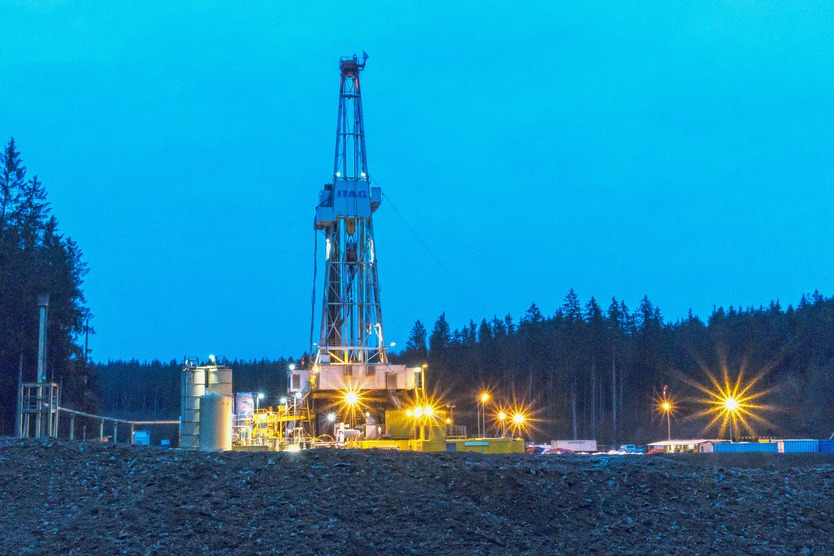
When it’s completed, GeoLAB will be a large subterranean research lab for investigating deep reservoir technology, borehole safety and other questions.
© www.pixabay.com
Deep geothermal energy has one big advantage over wind and solar – it is baseload-capable. That means it's available regardless of season, time of day or weather. Essentially, naturally heated water from underground aquifers is pumped up into the local heating network and cooled water is pumped back down again.
“In Germany alone, we could use it to replace a third of the gas we need for heating. Given the climate crisis and the geopolitical situation, we can no longer afford to do without it,” asserts Professor Holger Hanselka, president of the Karlsruhe Institute of Technology (KIT) and vice president of Research Field Energy at the Helmholtz Association, in a press release. KIT is coordinating the construction of a “GeoLAB” (Geothermal Laboratory in the Crystalline Basement) in the Odenwald range in the Black Forest, southwest Germany, on behalf of its scientific partners – the German Research Centre for Geosciences and the Helmholtz Centre for Environmental Research.
When it’s completed, GeoLAB will be a large subterranean research lab for investigating deep reservoir technology, borehole safety and other questions. First a new mine will be opened, then a 1 km-long tunnel will be bored, leading to caverns that will house the equipment. High-flow experiments can then be carried out under a layer of rock at least 400 metres thick. The site was specifically chosen for the type of crystalline rock which is characteristic of the baseline geological strata underlying many German conurbations.
Professor Oliver Kraft, KIT’s vice president of Research, provides more detail: “Using advanced methods, we can measure and record thermal, hydraulic, chemical and mechanical parameters to gain a fundamental understanding of geothermal transport processes that will enable us to make valuable contributions to safety research for geothermal energy,” he says.
Helmholtz is putting up 35 million euros for the infrastructure and a large investment will come from its research partner BGE, a government-owned company tasked with nuclear waste management, although radioactive waste will not be stored on the site.
Geothermal mining taps into public concerns about human-induced earthquakes, but the scientists are confident their enhanced geothermal systems (EGS) will not present a threat. One of the lab’s missions is to research the topic of induced seismicity and develop preventative measures, so that the geothermal field can be expanded for energy transition.


